
 SYDNEY Jul 23, 2007: The biggest challenge in the global fight against AIDS is no longer money for drug research and treatment but the lack of local health services in nations worst-hit by the disease, the World Bank said on Monday. While some two million people were now receiving treatment for HIV-AIDS, the lack of health services in many African and Asian nations was adversely affecting treatment programs, said Debrework Zewdie, head of the bank's global HIV-AIDS program. An absence of proper pharmaceutical storage had seen HIV-AIDS drugs expire before they could be administered and a "brain drain" of doctors and medical researchers meant there was a shortage of people capable of properly implementing treatment, Zewdie told the International Aids Society conference in Sydney.
SYDNEY Jul 23, 2007: The biggest challenge in the global fight against AIDS is no longer money for drug research and treatment but the lack of local health services in nations worst-hit by the disease, the World Bank said on Monday. While some two million people were now receiving treatment for HIV-AIDS, the lack of health services in many African and Asian nations was adversely affecting treatment programs, said Debrework Zewdie, head of the bank's global HIV-AIDS program. An absence of proper pharmaceutical storage had seen HIV-AIDS drugs expire before they could be administered and a "brain drain" of doctors and medical researchers meant there was a shortage of people capable of properly implementing treatment, Zewdie told the International Aids Society conference in Sydney."Our most difficult challenge is not funding, but the limited health system capacity in countries with the highest disease burden," Zewdie told reporters at the world's largest HIV-AIDS conference, attended by 5,000 delegates from 133 countries. "There is a desperate shortage of doctors, health care workers and researchers, who would not only deliver treatment services but also coordinate local operations." The World Bank said Ethiopia had less than 2,000 doctors or about one doctor for every 100,000 people. Papua New Guinea, which faced one of the fastest growing HIV-AIDS epidemics, had only 284 doctors -- but half worked overseas. "We want to reverse the lack of research culture. We want to reverse the brain drain and bring our doctors home," said Zewdie.
The United Nations says close to 40 million people are infected with the AIDS virus and that treatment had dramatically expanded from 240,000 people in 2001 to 1.3 million by 2005. In June, world powers at the Group of Eight (G8) summit in Germany set a target of providing AIDS drugs over the next few years to approximately 5 million people. A report by Medecins Sans Frontieres (MSF) at the conference said that while there had been dramatic price reductions in some HIV-AIDS drugs, the newer, less toxic drugs recommended by the World Health Organisation (WHO) had become more expensive. "The lack of competition and dramatically higher prices for the newly-recommended WHO first line (drugs) could mean that people in developing countries may not be able to benefit from improved treatment...," said Karen Day from MSF.
The MSF report said some new drugs had risen in price by nearly 500 percent from $99 to up to $487. It said "compulsory licenses" were more effective in bringing prices down than negotiating price reductions with drug companies. In January 2007, Thailand issued a compulsory license to overcome the patent barrier on a HIV drug, allowing the country to legally import the drug or produce it locally. "Just one year ago, treating a patient with a second-line regimen ... in Thailand cost $2,800 per year," said Kannikar Kijtiwatchakul, a MSF campaigner. "Treating that same patient with a second-line regimen will now cost $695, four times less. But this is still far too expensive for the majority of people in Thailand, where the average annual salary is $1,600."
Australia said on Monday it would increase funding for HIV programs by A$400 million ($350 million), bringing its total commitment to A$1 billion by 2010. The Australian funding will focus on the Asia-Pacific region where some eight million people live with HIV-AIDS, said Australian Foreign Minister Alexander Downer. "We cannot ignore the social and economic consequences of HIV in our region. It is predicted that without increased and ongoing action, HIV will have killed 1.5 million people in Indonesia and 300,000 people in Papua New Guinea by 2025," said Downer.
+++++++++++++++++++++++++++++++++++++++++++++++++++
Disclaimer
No responsibility or liability shall attach itself to either myself or to the blogspot ‘Mozlink’ for any or all of the articles/images placed here. The placing of an article does not necessarily imply that I agree or accept the contents of the article as being necessarily factual in theology, dogma or otherwise.
Mozlink


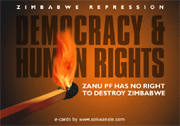
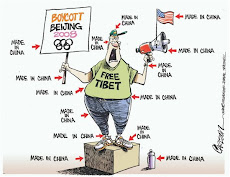
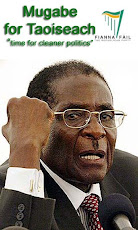





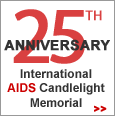






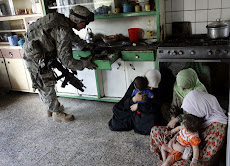






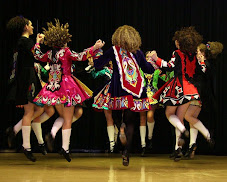






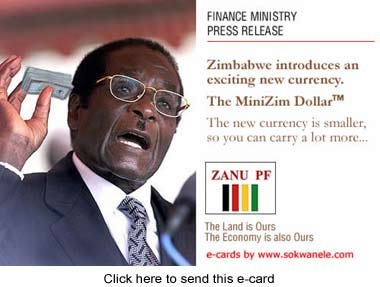









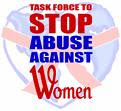










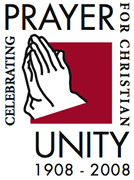
No comments:
Post a Comment